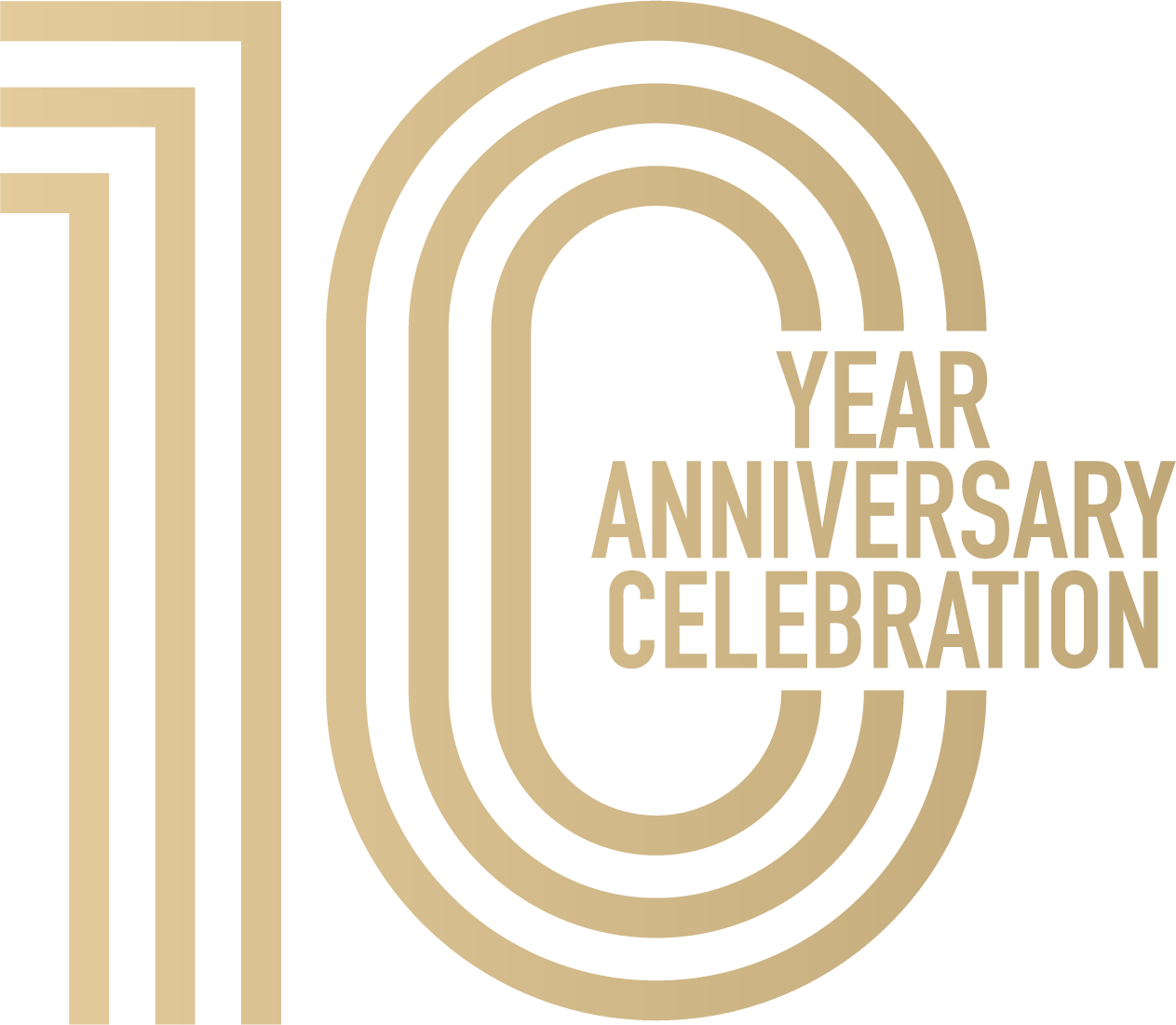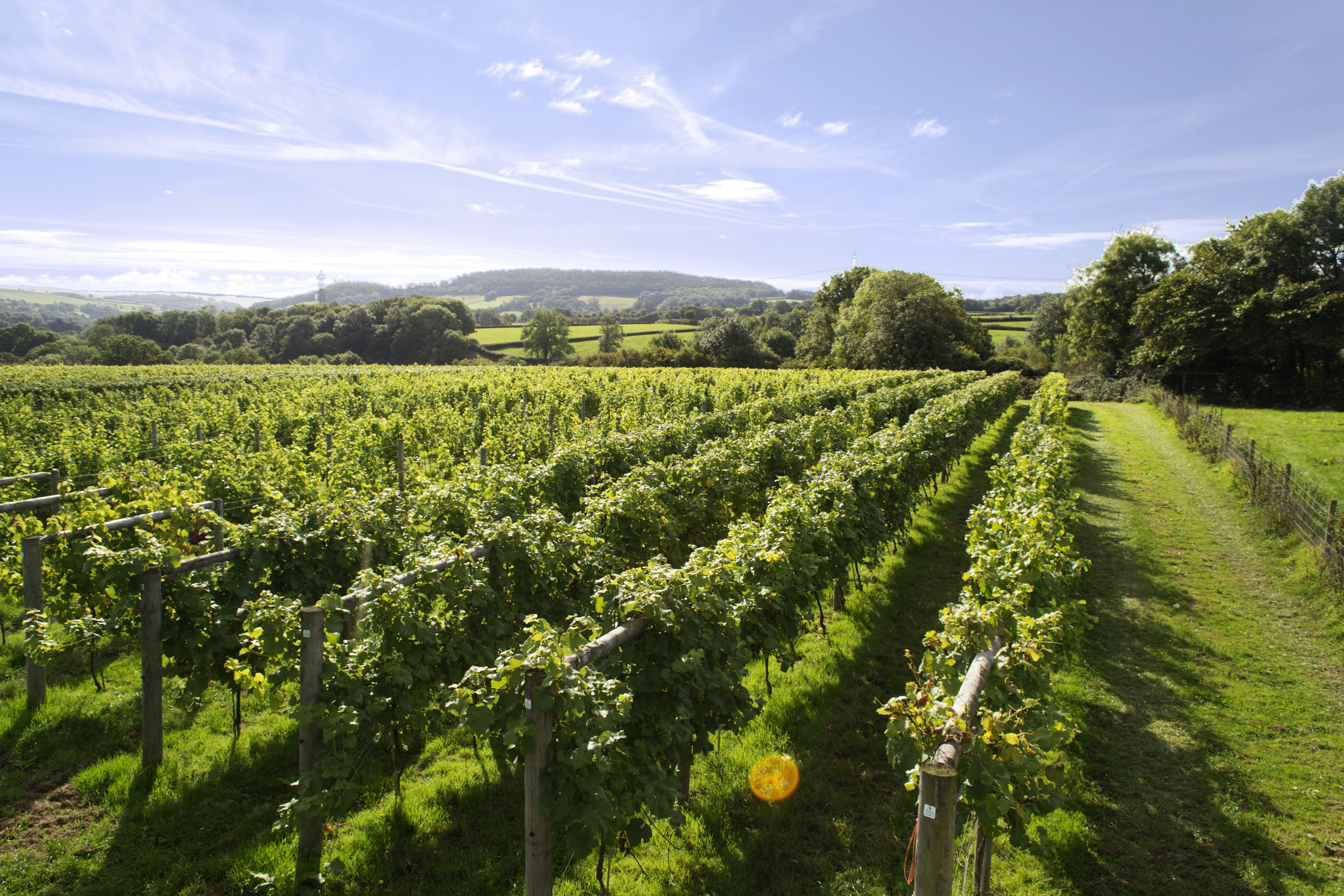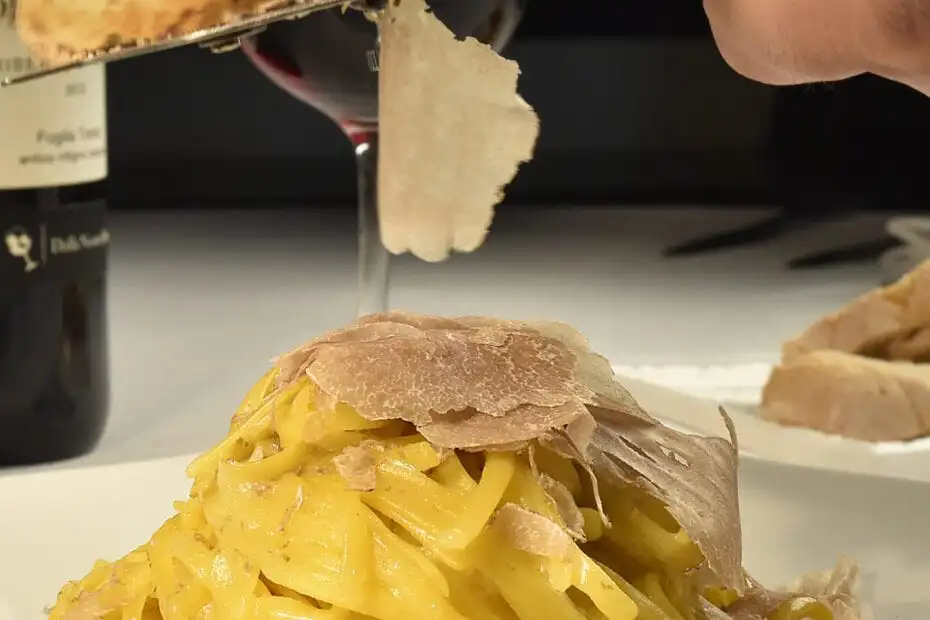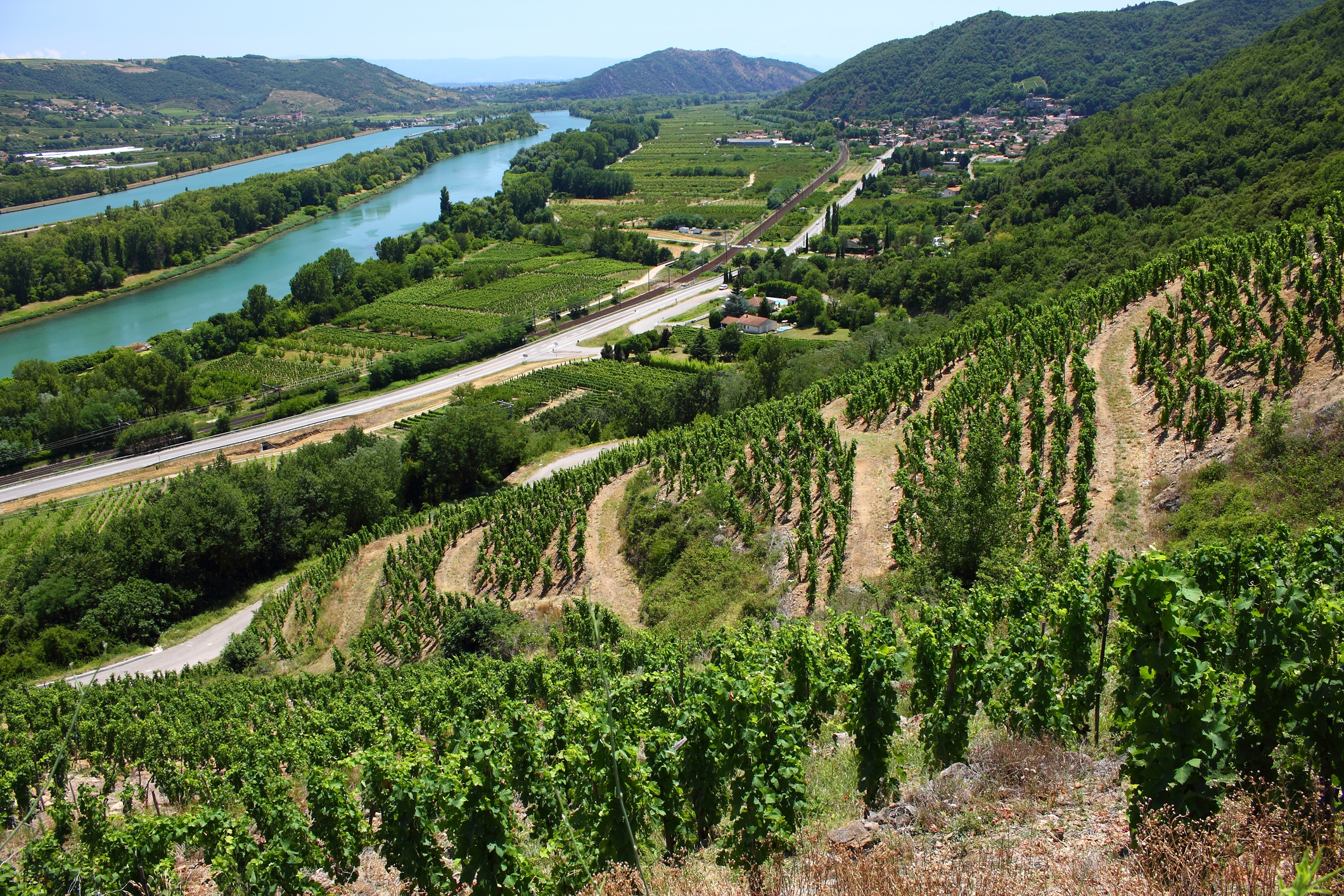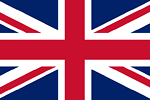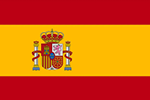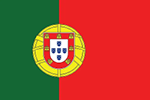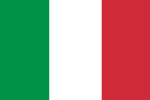A Global Success Story in the Making
A Climate-Driven Opportunity
It’s a twist of irony that climate change, which has placed pressure on many traditional wine-growing regions, has played a role in making southern England an increasingly ideal location for sparkling wine production. Rising temperatures have extended growing seasons and improved ripening conditions, particularly in Kent, Sussex, Hampshire, and Surrey – regions with chalky soils that closely resemble those of Champagne.
These conditions, combined with a laser focus on traditional method winemaking (méthode traditionnelle), have resulted in wines that are vibrant, refined, and impressively age-worthy.
Global Acclaim and Awards
In blind tastings and international competitions, English sparkling wines are regularly outperforming big-name Champagnes. Producers like Nyetimber, Gusbourne, Chapel Down, Ridgeview, and Hambledon have racked up prestigious accolades from the Decanter World Wine Awards, IWSC, and Champagne & Sparkling Wine World Championships.
Nyetimber
- IWSC English Wine Producer of the Year: Awarded in 2016 and 2014
Gusbourne
- IWSC English Wine Producer of the Year: Awarded in 2017, 2015, and 2013
- 2024 IWSC Awards:
- Boot Hill Vineyard Blanc de Blancs Brut 2018: Gold
- Guinevere Chardonnay 2022: Bronze
- Pinot Noir 2022: Silver
- Mill Hill East Single Vineyard Pinot Meunier 2022: Bronze
- English Rosé 2023: Bronze
- Selhurst Park Single Vineyard Blanc de Blancs Brut 2018: Silver
- Rosé Brut 2019: Silver
Chapel Down
- Decanter World Wine Awards 2024:
- Rosé English Sparkling Wine: Best in Show
- WineGB Awards 2024:
- Kit’s Coty Coeur de Cuvée 2016: Top Sparkling Wine, Best Prestige Cuvée, and Supreme Champion
Ridgeview
- IWSC English Wine Producer of the Year: Awarded in 2018
Hambledon
- IWSC Awards:
- Classic Cuvée NV: Silver in 2017 and Silver Outstanding in 2016
Wine critics and sommeliers alike are taking note. Steven Spurrier, the late renowned wine expert, famously declared English sparkling wine to be “on a par with Champagne,” a sentiment now echoed in cellars from London to Tokyo.
Industry Growth and Investment
Production and demand are growing rapidly. According to WineGB, English wine sales have more than doubled over the past five years, with over 8 million bottles sold annually – and sparkling wine makes up the lion’s share.
Investment has followed. French Champagne houses, including Taittinger and Pommery, have planted vineyards in England, a telling endorsement of the terroir’s potential. Meanwhile, domestic producers continue to scale up, with new plantings, visitor centres, and export strategies taking shape.
In 2015, Taittinger became the first Champagne house to plant vines in the UK, establishing Domaine Evremond in Kent. This venture, a partnership with UK wine agent Hatch Mansfield, encompasses approximately 60 hectares planted with Chardonnay, Pinot Noir, and Pinot Meunier. The first release from Domaine Evremond is anticipated in 2025.
Champagne Pommery initiated its English project, Louis Pommery England, in Hampshire. Initially sourcing grapes locally, Pommery has since planted its own vines and collaborates with Hattingley Valley for production. The estate now cultivates around 40 hectares, with the first wines already available in the UK market.
Eyes on America: A Strategic Trade Opportunity
Speaking of export, a potential UK–US trade agreement, currently under negotiation, could become a defining moment for English sparkling wine. With talks hinting at reduced tariffs on alcohol and luxury goods, producers are optimistic about increasing their presence in one of the world’s most lucrative wine markets.
The U.S. consumer, already familiar with Champagne, is proving increasingly open to boutique, terroir-driven alternatives – and English sparkling wine ticks all the right boxes.
Easier access to the U.S. through a trade deal could accelerate brand recognition and retail presence, positioning English fizz as a serious challenger to both domestic and French sparkling offerings in bars, restaurants, and collector cellars alike.
An International Presence
Export is a key driver of future growth. English sparkling wines are now appearing on Michelin-star wine lists in New York, Hong Kong, Singapore, and Sydney. Distributors and collectors are increasingly treating these wines as serious players – both for drinking and, in select cases, for investment.
Markets in Scandinavia, Japan, and the U.S. have shown particularly strong interest, where the appetite for boutique, sustainably made wines aligns with the English offering.
A Distinct Identity
While comparisons to Champagne are inevitable, English sparkling wine is developing a distinct character – typically fresher, with pronounced acidity, linear fruit, and mineral precision. It’s a profile that appeals to modern palates and pairs beautifully with a wide range of foods.
Crucially, producers are beginning to lean into this identity, crafting wines that are proudly and recognisably English.
What’s Next?
The industry faces challenges – from unpredictable weather to rising production costs – but its momentum is undeniable. As quality continues to rise and international trade relationships strengthen, English sparkling wine is poised to become a permanent fixture in the global fine wine conversation.
From royal weddings to international award podiums – and soon, perhaps, to shelves across the U.S. – the message is clear: England is no longer the underdog in the world of sparkling wine – it’s a serious player.
